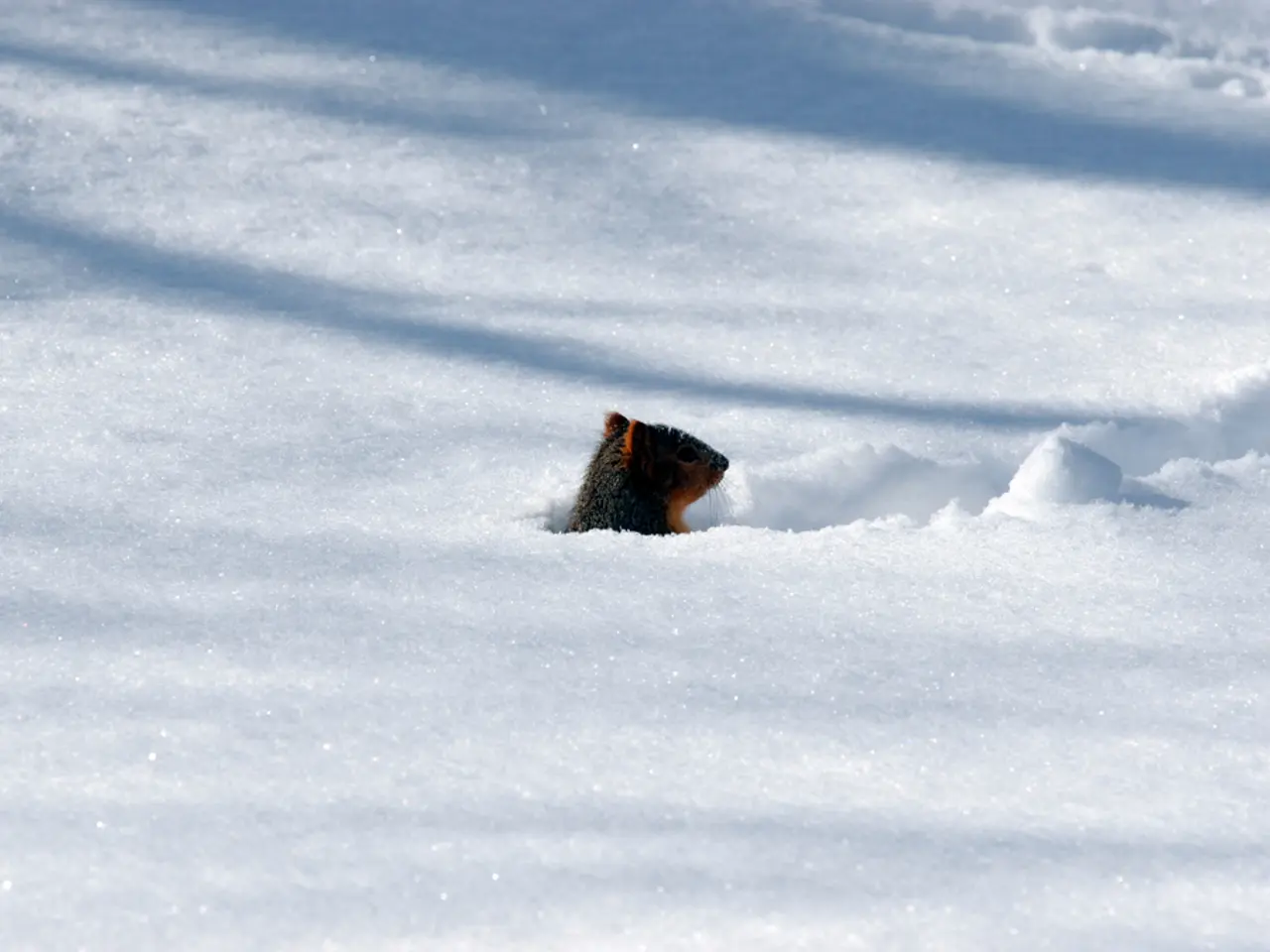U.S. Military Explores Dedicated Polar Special Ops Force
The U.S. military is exploring ways to enhance its special operations in polar regions, with a focus on competing against near-peer adversaries. A recent essay contest, hosted by Project 6633 and the 10th Special Forces Group (Airborne), has sparked discussions about creating a dedicated polar special forces. The contest, which received 44 submissions, highlighted the need for unique mobility and communications platforms, as well as special health considerations due to extreme cold and long distances. Three winning essays delved into topics such as communications, Cold Weather All-Terrain Vehicles (CATVs), and ketogenesis, a metabolic process that could aid in survival in harsh environments. Proposed solutions included the rotation of Polar Special Forces in Alaska, potentially a Special Forces battalion or company headquartered in Anchorage. CATVs, capable of moving twelve soldiers and a payload of 13,800 pounds while providing protection from enemy fire, were identified as an essential sustainment capability. Training alongside joint and regional partners, such as Canada, Norway, Denmark, Sweden, and Finland, as well as with indigenous peoples, was also emphasized as crucial for building polar competency rapidly. The essay contest has provided valuable insights into the challenges and potential solutions for U.S. special operations in polar regions. The proposed polar special operations force, if established, would require investment in unique platforms and training methods to effectively compete against near-peer adversaries in these harsh environments.





